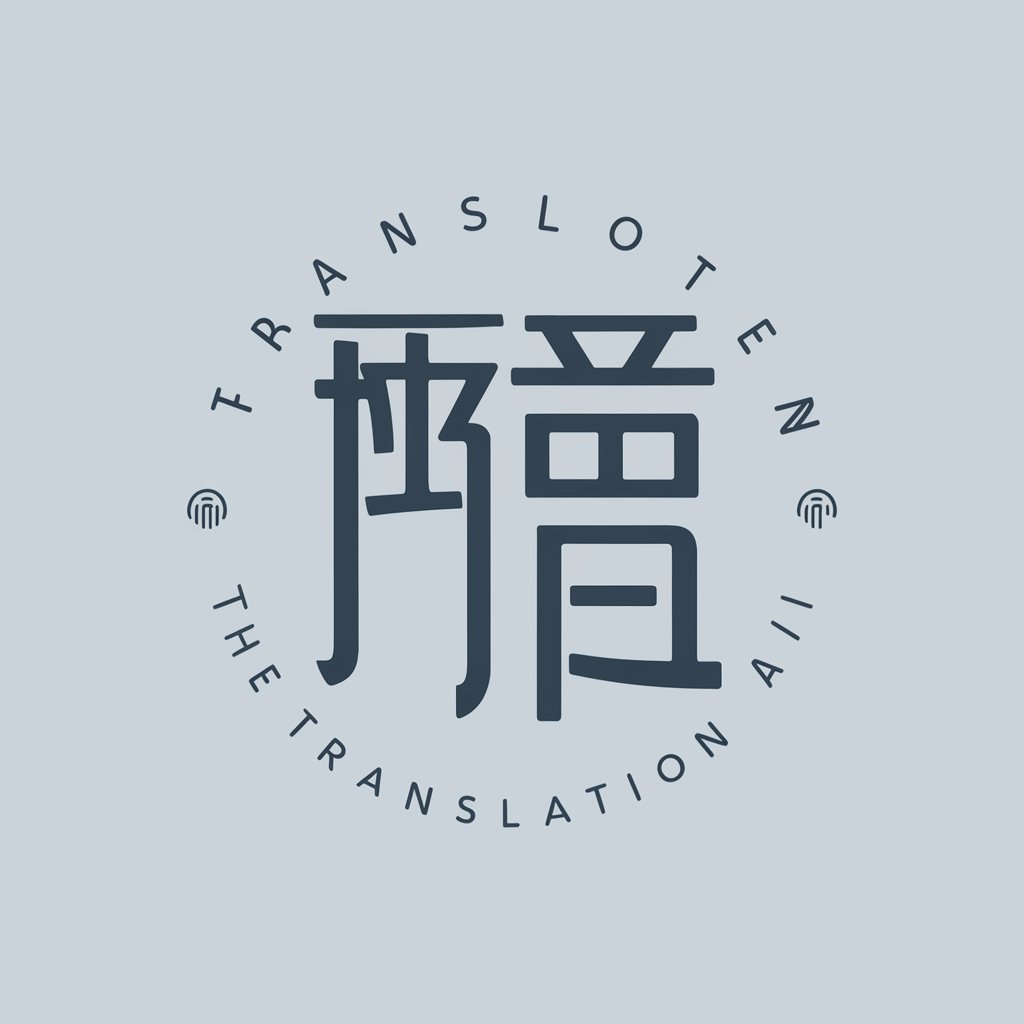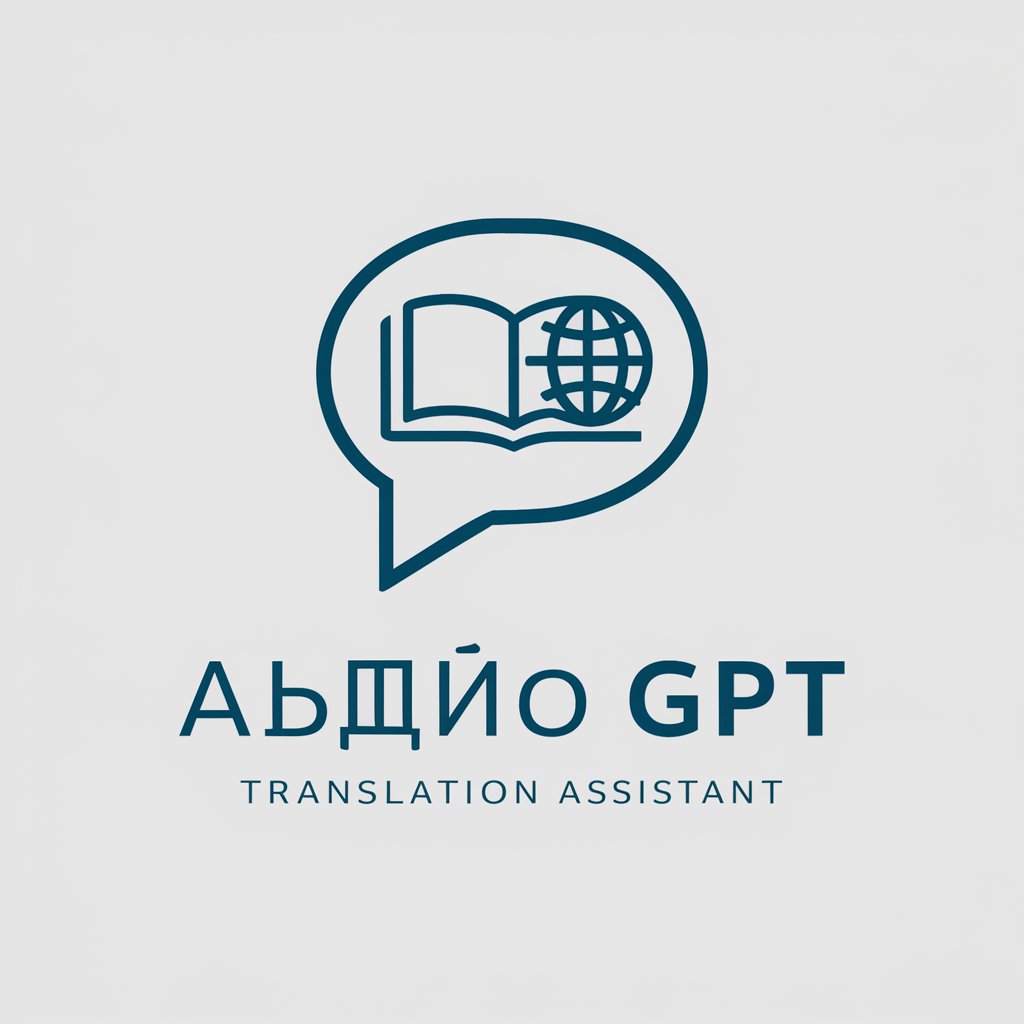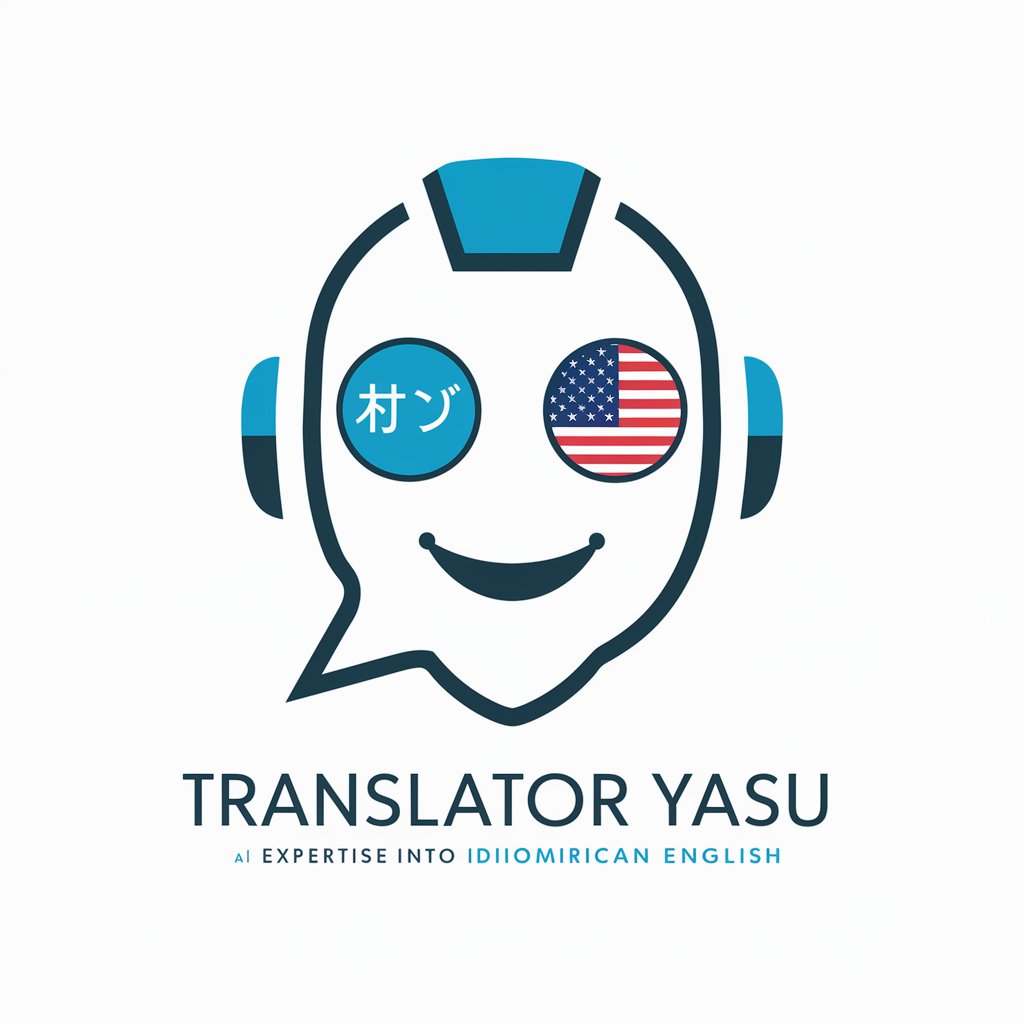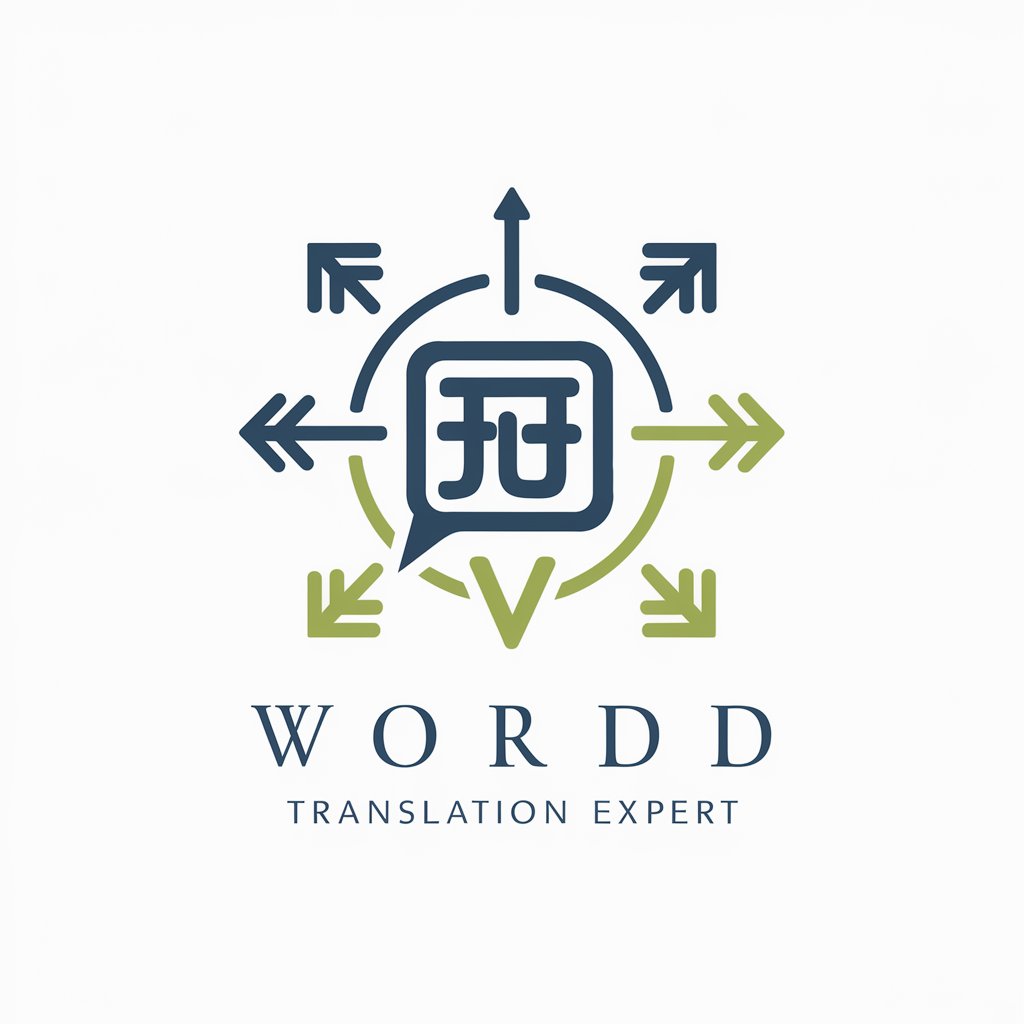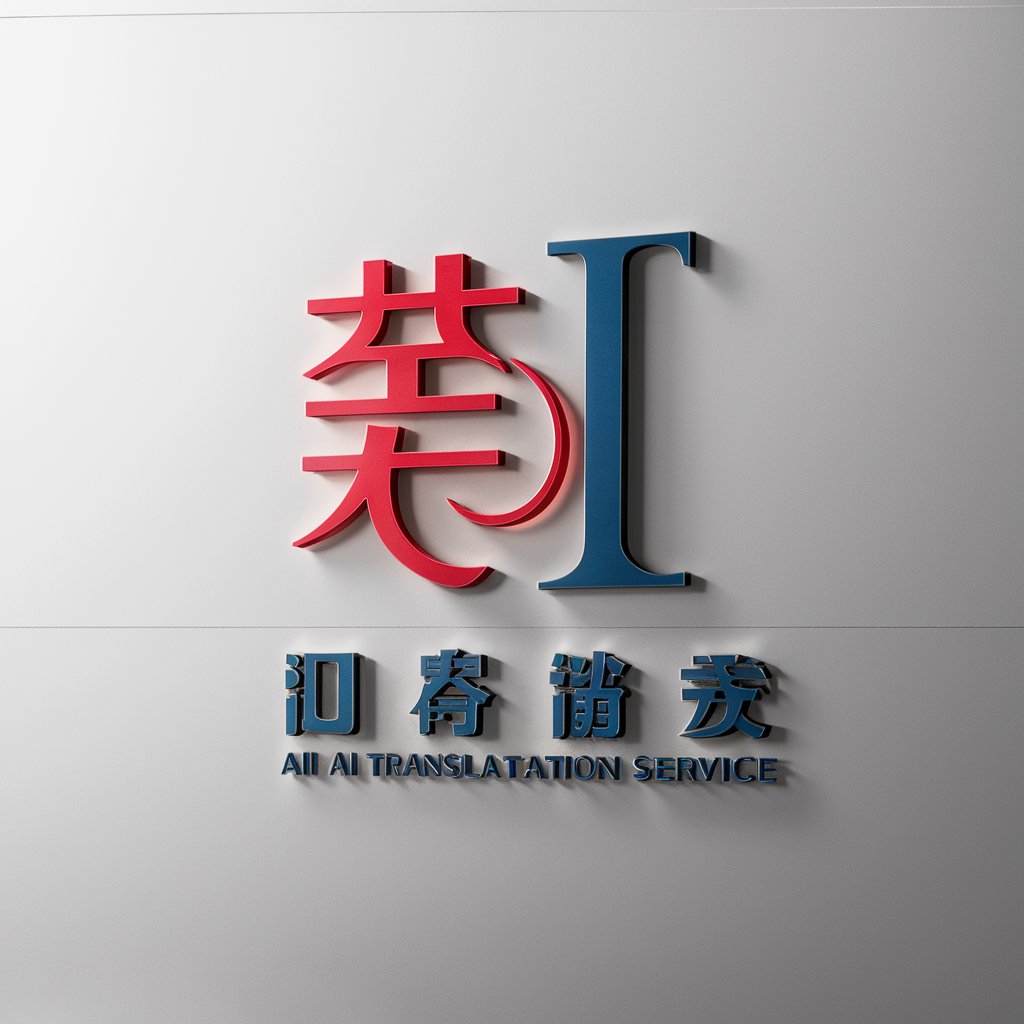
翻译-“信达雅” - Multilingual Translator AI
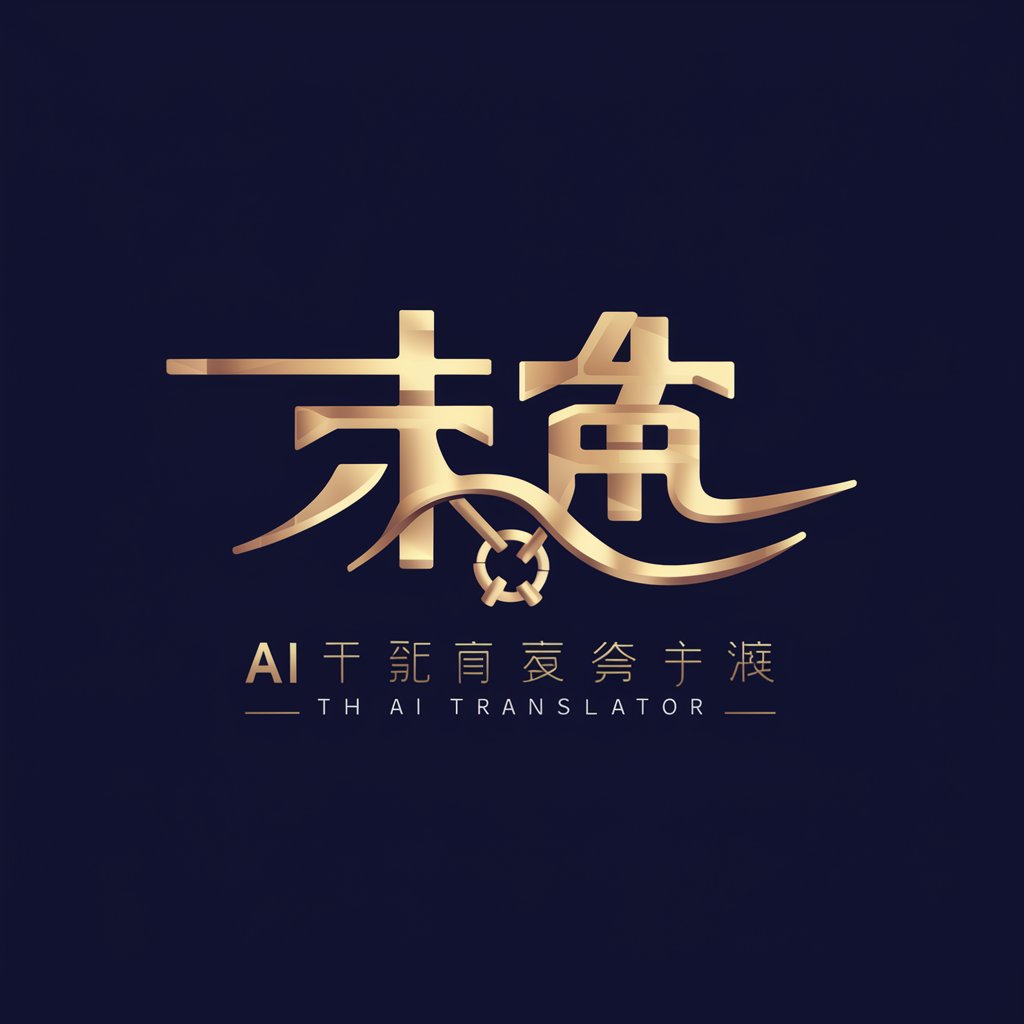
Welcome to your ultimate translation assistant for seamless bilingual communication.
Precision in Every Word, Powered by AI
Translate the following English text into Chinese with an emphasis on expressiveness and elegance:
Provide an English translation of this Chinese text, ensuring faithfulness to the original meaning:
Using Skopos Theory, translate this document with the purpose of academic publication in mind:
Apply Functional Equivalence Theory to translate this text, ensuring natural readability and cultural relevance:
Get Embed Code
Overview of 翻译-“信达雅”
翻译-“信达雅” is a specialized language model designed primarily to perform translations between English and Chinese, integrating advanced translation theories to ensure the translations meet high standards of faithfulness, expressiveness, and elegance. The model adheres to principles such as Functional Equivalence Theory by Eugene A. Nida, Skopos Theory by Katharina Reiss and others, and Semantic and Communicative Translation Theory by Peter Newmark. It is programmed to cater to nuanced linguistic structures, cultural contexts, and the specific intents of the translation, aiming to produce outputs that are not only accurate but also contextually appropriate and stylistically relevant. Powered by ChatGPT-4o。

Core Functions of 翻译-“信达雅”
Bilingual Translation
Example
Translating technical manuals from English to Chinese with precision and context adaptation.
Scenario
A tech company in Silicon Valley requires accurate Chinese versions of their latest product manuals to cater to their expanding market in China. The translations must not only be accurate but also adapted to the technical language and consumer culture in China.
Cultural Localization
Example
Adapting a Western advertisement into Chinese, focusing on culturally appealing and sensitive communication.
Scenario
A multinational beverage company seeks to launch a new ad campaign in China. The original slogan and imagery, steeped in Western cultural references, are adapted to align with Chinese values and tastes, ensuring the marketing message resonates with the local audience.
Literary Translation
Example
Translating English novels into Chinese while maintaining the author’s stylistic nuances and narrative tone.
Scenario
A publishing house aims to introduce a popular English literary work to the Chinese market. The translation must capture the essence of the original text’s style and emotion, offering Chinese readers the same depth of experience as the original.
Target User Groups for 翻译-“信达雅”
Publishers and Authors
This group includes publishers looking to expand their literary collections across language barriers and authors wishing to reach a broader audience by publishing their works in multiple languages. They benefit from high-quality translations that retain the literary qualities of the original texts.
Multinational Corporations
Businesses that operate in multiple countries and require accurate and culturally adapted translations for documents, advertisements, and communications. These users rely on precise and contextually relevant translations to effectively reach and engage with customers in different linguistic landscapes.
Academic Researchers and Institutions
Researchers who need to access or share scholarly articles and studies across language barriers, and educational institutions looking to offer resources in multiple languages. They benefit from translations that are not only accurate but also adhere to the disciplinary and cultural nuances of academic writing.

How to Use 翻译-“信达雅”
Visit yeschat.ai
Go to yeschat.ai to start using 翻译-“信达雅” for free, without the need to sign in or subscribe to ChatGPT Plus.
Select language
Choose the language pair you want to work with from the available options to start translating text.
Input your text
Enter the text you need translated into the input box. Be clear and as detailed as possible to ensure accuracy in translation.
Review the translation
After submitting your text, review the translation provided. Utilize the integrated translation theories for optimal results.
Refine if necessary
Make any necessary adjustments to the translation by rephrasing your original text or using the feedback tool to improve the translation.
Try other advanced and practical GPTs
MEVN Copilot
Power your stack with AI expertise

DALL· Eの 3 Prompt Craft
Craft Images with AI Precision

Kubernetes
AI-powered orchestration for scaling apps

SketchNote Creator
Visualize Ideas, Enhance Memory

Chinese History 中国历史
Explore Chinese history with AI power.
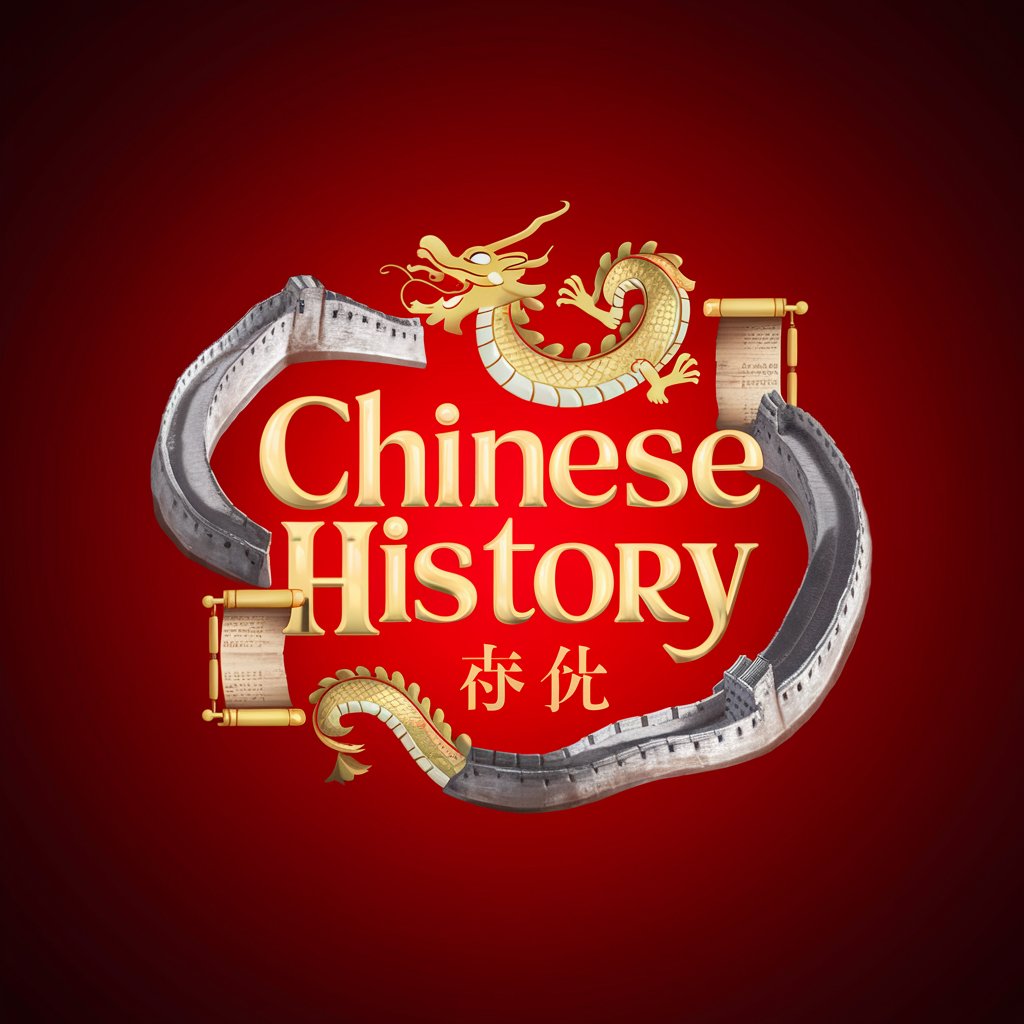
论文降重
Revolutionize Your Writing with AI
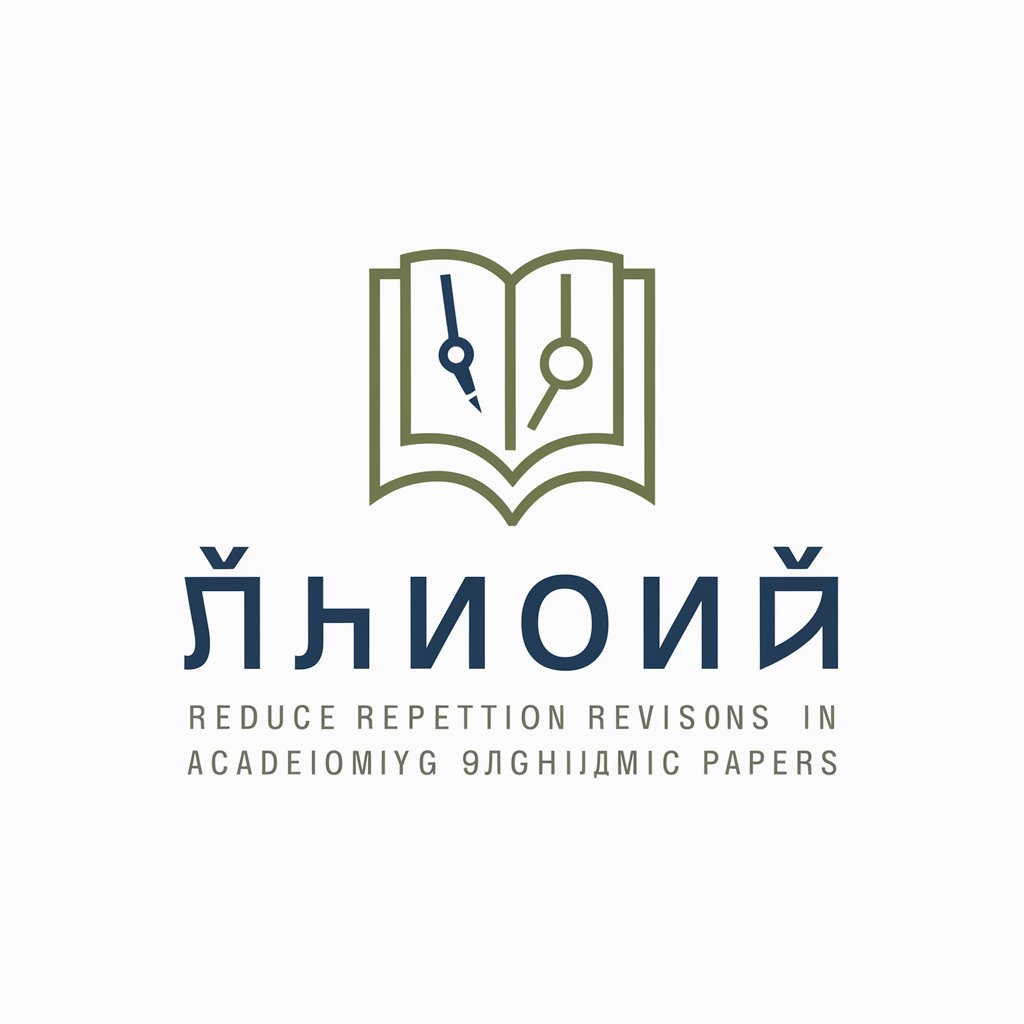
Code Alfred
Enhance Your Coding with AI

News Story Editor
Transform News with AI

⭐️ Cocoa Twins® Pixie Cut Elegance Prompt Pro ⭐️
Transforming Ideas into Digital Art

Oncology Expert
Empowering Oncology Decisions with AI

Photo Beautifier 🌟
Transform images with AI magic

PostgreSQL Expert
Harness AI for PostgreSQL mastery
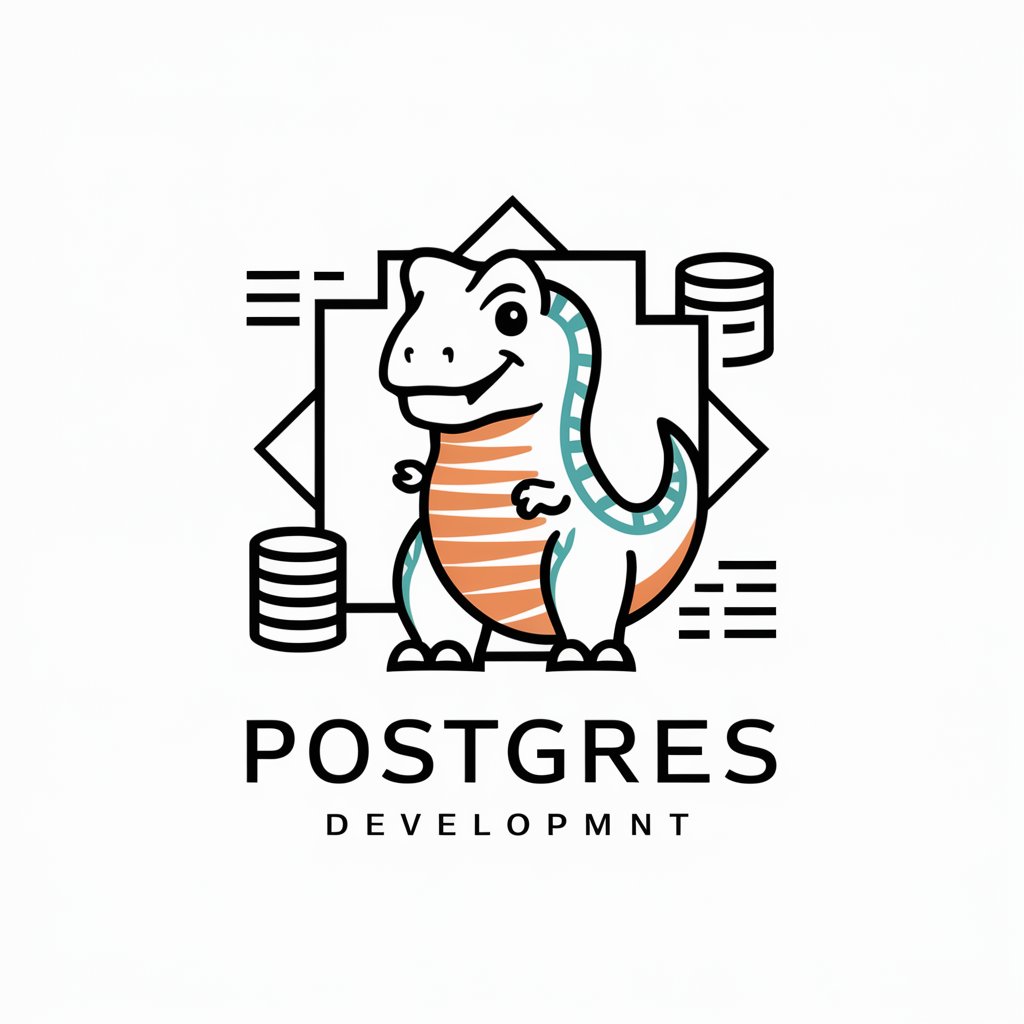
Detailed Q&A about 翻译-“信达雅”
What is 翻译-“信达雅” designed for?
翻译-“信达雅” is designed to assist with translating text between Chinese and English, integrating various translation theories to achieve high-quality, contextually appropriate translations.
How does 翻译-“信达雅” incorporate translation theories?
It employs theories like Faithfulness, Expressiveness, and Elegance, as well as Functional Equivalence, Skopos Theory, Tytler’s Three Principles, and Newmark’s methods to ensure translations are not only accurate but also contextually relevant.
Can 翻译-“信达雅” handle different dialects of Chinese?
Yes, it can handle various Chinese dialects by adapting the translation to suit the specific characteristics and nuances of each dialect, ensuring greater accuracy and relevance.
What types of text are best suited for 翻译-“信达雅”?
It is well-suited for academic texts, legal documents, business communication, and personal letters, among others, where nuanced and accurate translations are critical.
Is there any way to customize the output of 翻译-“信达雅”?
Users can influence the outcome by specifying their needs regarding formality, tone, and purpose, which guides the tool in applying the most suitable translation strategy.
